Pain in the outer knee (knee outer ligament pain)
The knee is a complex joint that enables movements such as walking, running, and jumping. Causes of pain in the outer knee are diverse and can include injuries to the outer ligament, tendonitis, bursitis (mucosal bag inflammation), meniscus damage, or overload from sports activities.
Symptoms often include pain on the outer side of the knee, swelling, instability and limited mobility. An outer ligament injury often occurs when abrupt changes of direction or a direct impact on the knee.



